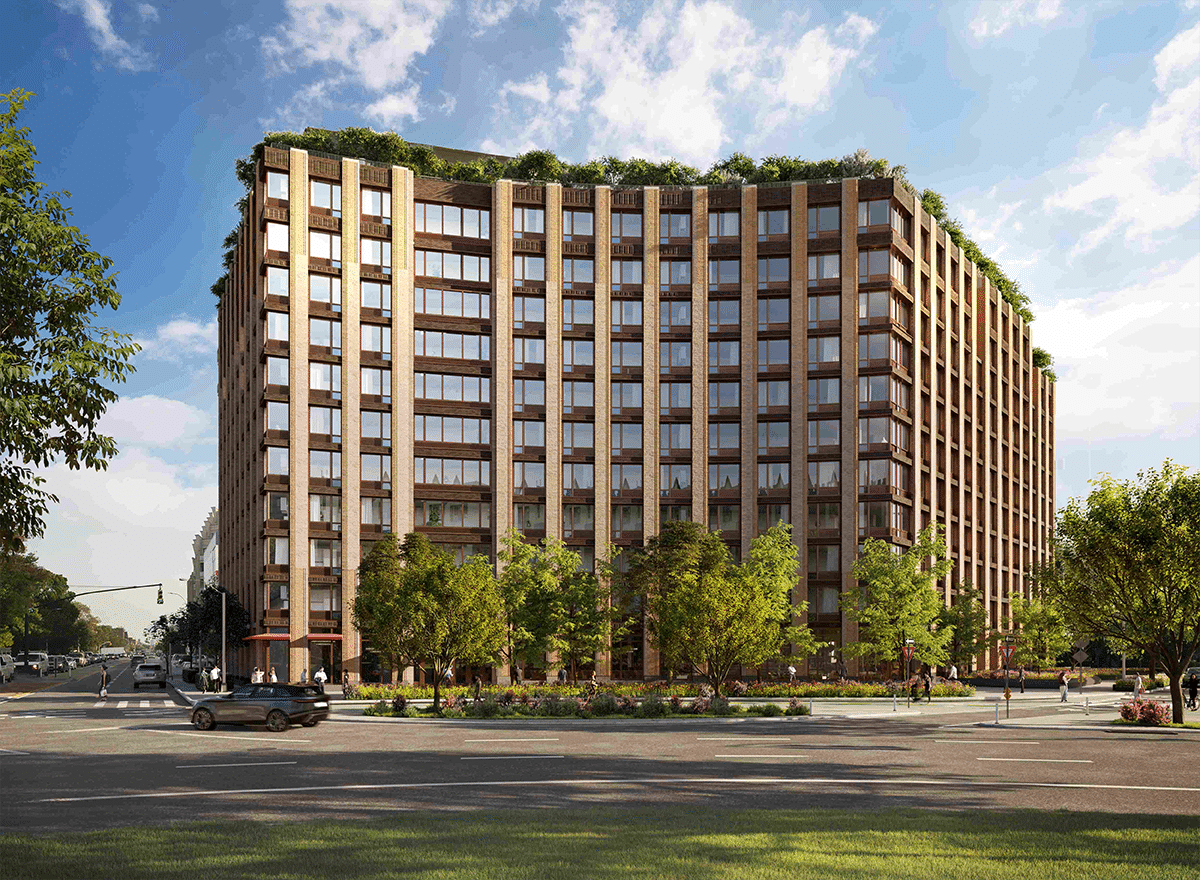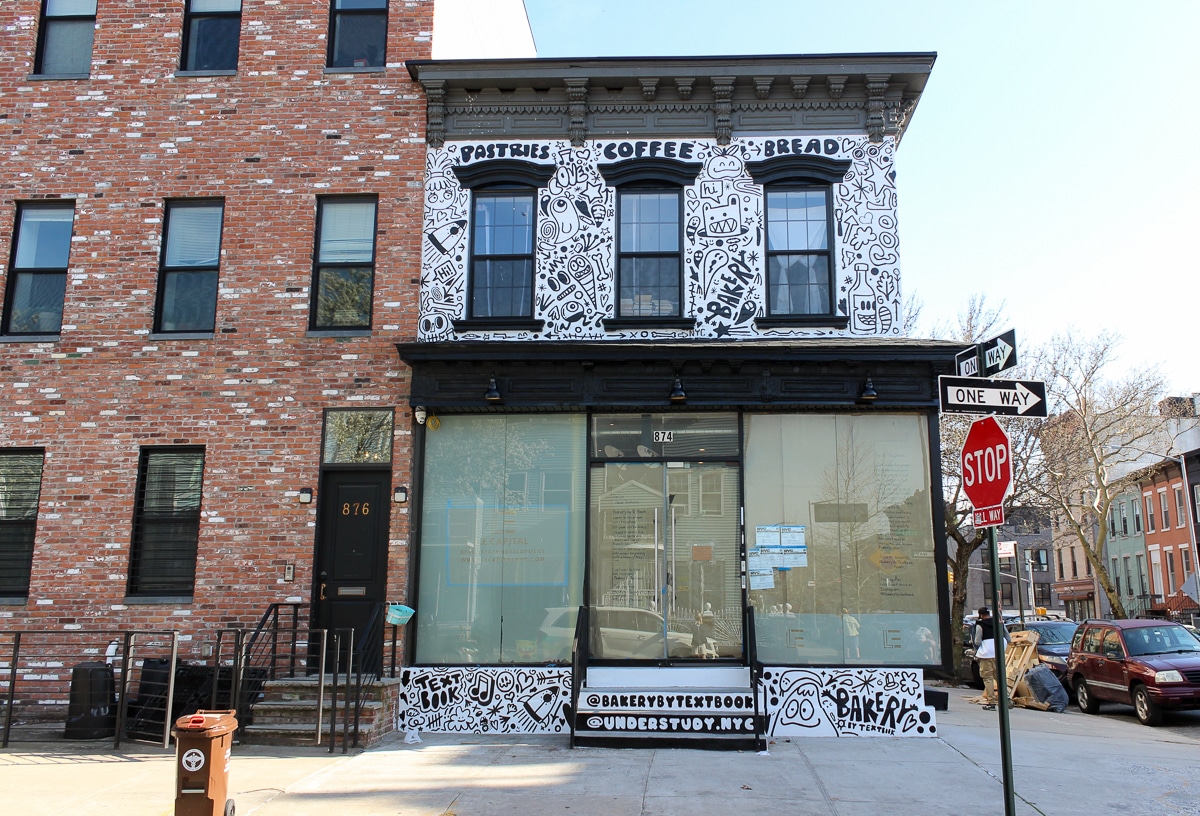Building of the Day: 4302 Fourth Avenue
The BOTD is a no-frills look at interesting structures of all types and from all neighborhoods. There will be old, new, important, forgotten, public, private, good and bad. Whatever strikes our fancy. We hope you enjoy. Address: 4302 4th Avenue, corner of 43rd Street Name: Former 68th Precinct House and Stable, originally 18th Precinct House and…

The BOTD is a no-frills look at interesting structures of all types and from all neighborhoods. There will be old, new, important, forgotten, public, private, good and bad. Whatever strikes our fancy. We hope you enjoy.
Address: 4302 4th Avenue, corner of 43rd Street
Name: Former 68th Precinct House and Stable, originally 18th Precinct House and Stable
Neighborhood: Sunset Park
Year Built: 1886
Architectural Style: Romanesque Revival
Architect: Emile Gruwe
Landmarked: Yes, individually landmarked in 1983.
Thanks to the Benson South Brooklyn Tour Guide Service, I’ve gotten to a couple of new neighborhoods. I’ve seen this building in passing, over the years, but finally got to take some photos.
Even in the advancing state of decrepitude that it is in, it’s a magnificent building, and a wonderful example of Romanesque Revival design. It combines R-R standard massing, materials and shapes with a seasoning of Venetian and Norman Romanesque design in the shape of the upper floor windows, trimmings, and the very Norman arched portico, complete with thick, squat granite columns.
There is so much detail in the building, much of which can’t be seen because of the scaffolding. Particularly wonderful are the dogs’ faces carved into the Byzantine leafwork bandcourses.
Little is known about the architect, Emile Gruwe, but he did design another almost identical precinct house for the 75th precinct in East New York. That building, at 484 Liberty Avenue, is now a Baptist Church.
This building was an active precinct house until 1970, when the 68th merged with another Sunset Park precinct, and the building was closed. There was a fire in 1980, but the building was still slated to become the Sunset Park School of Music, but the funding obviously never came through.
A sign on the front of the fencing dates back to the Cuomo governorship, and we’re not talking Andrew. The Brooklyn Chinese American Association is now the owner of record, and in 2004 filed plans for a community center. Hopefully this important example of 19th century precinct architecture can be saved.
There aren’t too many left, and this is one of the finest. It must have been quite impressive to the residents of Sunset Park in its heyday. It could be quite impressive again.

[Photos by Suzanne Spellen]












i squirreled my way in over the weekend, really sad what happened to that building. Defintiely in awful shape after being left to rot post-blaze. Once the roof starts to go, it’s usually time for a raze. This is how the city protects its landmarks…
http://billywoerner.wordpress.com/2011/02/21/old-68th-precinct-police-station-sunset-park-brooklyn-february-19th-2011/
“Wow, MM actually left Crown Heights!”
Yes, Big Jugs, I do that from time to time. Do try to keep up.
Hmm, yes, Christopher, it would, wouldn’t it?
Wow, MM actually left Crown Heights!
Gruwe/Grewey etc. – interesting guy. Strange, even. Surprising someone hasn’t written a profile on him already. It would probably take months of work.
Christopher
I’ve always found it interesting that you’ve got St Michael’s Church directly across the street to the left of the precinct house, and on the other side of fourth avenue, a fairly impressive courthouse. Add to that, a great turn of the century (20th) school building practically on the next block (north of the church along fourth avenue).
jftprospect, that may very well be. I did a BOTD on the building you are referring to, but I couldn’t find who the architect was. See below. There is some similarity, in the round window and the use of terra cotta trim, as well as the arched entryway. If he did 2 precinct houses, he could have done more. If I ever find out for sure, will certainly post somewhere.
http://bstoner.wpengine.com/brownstoner/archives/2010/07/building_of_the_95.php#comments
Sounds like the building is owned by a non-profit neighborhood association. It needs to change hands and belong to someone with the financial resources and know-how required to renovate a deteriorating landmark building.
The Chinese American Association will never be allowed to demolish the building so they should just bite the bullet and sell it.
Impressive again? I hope so. I live near this building and wish something would be done with it. It’s been in a sorry state for decades. From what I understand it’s in a state of limbo because it has landmark status. The cost of restoration is sky high. There’s no incentive and no profit to be made, so it just sits in decay.